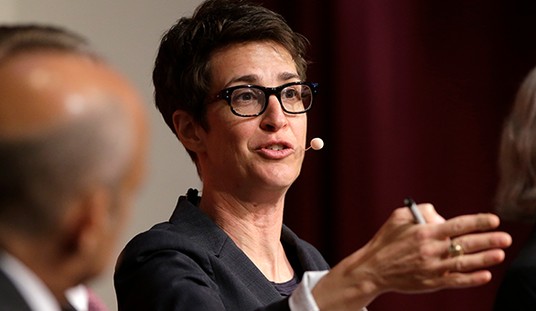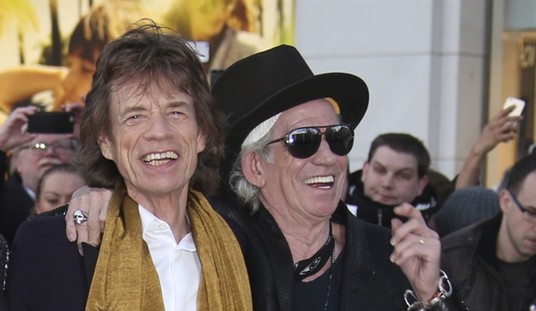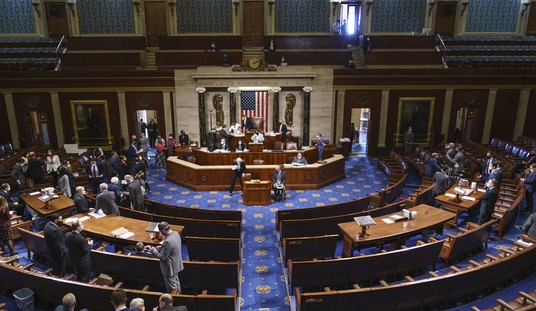Regarding the Orlando shooting, notice how quickly the media pivoted from the culpability of a sexually repressed Muslim Afghan registered Democrat mass murderer to an assault on firearms? Forget Islam and jihad and the Obama administration’s resolute determination to fundamentally change the nature of the United States by importing as many Muslims from alien, anti-Christian and anti-Western cultures as possible. The real problem, in their view, is gun violence:
The mass shootings that have terrorized America have led to a new focus on how to survive them. Though far from an exact science, these efforts are based on a disturbing amount of data – including case studies, the body counts from these tragedies and the personal narratives of people who somehow got out alive.
A number of private companies now train office workers in how to respond in an active-shooter event. The experts agree: Following a few simple rules can help boost a person’s chance of survival. Being mentally prepared to take action in a crisis — or simply knowing where a building’s exits are — can make the difference.
“When you go somewhere, you don’t want to put yourself in a situation where if you get found, you don’t have any options,” said J. Pete Blair, executive director of the Advanced Law Enforcement Rapid Response Training Center, based at Texas State University. Blair co-authored “Active Shooter: Events and Response,” which includes guidance for civilians. The book’s mantra is “Avoid, Deny and Defend.”
The piece goes on to list possible strategies for not becoming part of the body count, including flight, barricading yourself, and (as a last resort) defending yourself as best you can — without a gun:
Blair’s book warns against people with concealed handguns trying to engage a killer except as a last resort:
“The last thing you want to do in an active shooter event is to pull your gun out and go hunting for the shooter. If there are other concealed gun carriers in the attack location, they may shoot you. If the police show up and you are running around with a gun, they will probably shoot you. Remember that no one knows who you are. The responders are looking for someone with a gun and you match that description.”
That assumes the police arrive in a timely manner. But in Orlando, they — out of an abundance of caution — spent hours outside the club while the shooter preened, phoned, texted and checked Facebook. Who knows how many of the wounded died in the interim?
In the end, fighting back is always an option, as Blair notes:
Research suggests that there is little hope of reasoning with a mass killer, Blair said. The better move, if there’s no way to flee or find protective cover, is for multiple people to swarm the attacker. They should use whatever they have at hand as a weapon — coffee cups, car keys, anything.
“In general, this person has already shown a desire to murder people. To murder a lot of people,” Blair said. “Is there a chance you might be able to talk him down? There might be a chance. That chance is probably small. We just don’t see it happen in these cases. But we do know that in about 1 out of 5 cases we’ve seen people successfully stop the attacker.”
Those odds might rapidly improve should the nation adopt constitutional carry. As Al Capone famously noted (apocryphally, alas) of his own Brooklyn neighborhood, you get farther with a kind word and a gun than with just a kind word. No real Americans, legally armed, would let the possibility of getting shot by the cops stop a chance to halt a mass murder in progress, even at the cost of their own lives.
There was a time in America when something like the St. Valentine’s Day massacre shocked and outraged the nation, setting off a war against the ethnic gangsters in America’s largest cities. In response, state and federal authorities did three things: they effectively banned certain automatic weapons via a crippling tax and strict licensing requirements without unduly infringing the Second Amendment; they cracked down hard on the Irish, Italian and Jewish gangs behind most of the Prohibition mayhem throughout the Roaring Twenties and into the Thirties; and they repealed Prohibition itself. That’s what a comprehensive attack on the root causes of crime back then looked like.
Everybody understood that the gangs were the real problem, the types of firearms only a symptom. Do we have the same courage and national determination today to name the enemy and deal with him accordingly?









Join the conversation as a VIP Member